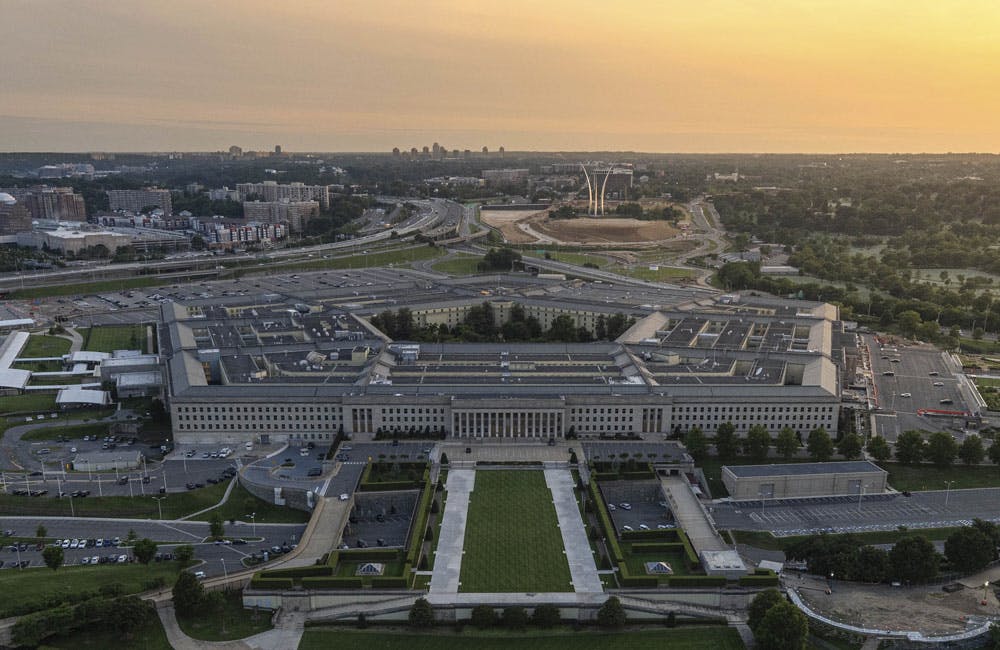Beyond the White House’s Executive Order, Agencies Respond to AI
VA and GSA are adapting their operations to tackle the new responsibilities.

Though the White House’s executive order specifically called many agencies to action to tackle artificial intelligence security, those that went unnamed are not ignoring the benefits of AI. Agencies like the Department of Veterans Affairs and General Services Administration are using AI to end employee burnout and improve government services.
The VA kicked off an Artificial Intelligence Tech Sprint in late October to spur creation of AI-enabled tools to help reduce employee burnout. The tools, according to the VA, have helped decrease burnout 20% from 2022 to 2023. The VA’s competition will reward a $1 million prize to winning teams that create solutions in two key areas:
- Speech-to-text solutions to be used for notetaking during medical appointments.
- Document processing for faster integration of non-VA medical records into a patient’s VA record.
The tech sprint is the latest step in the agency’s push to reduce burnout. The VA began the Reduce Employee Burnout and Optimize Organizational Thriving (REBOOT) initiative last year to confront factors impacting employee mental health and lower organizational efficiencies that were contributing to burnout.
“AI solutions can help us reduce the time that clinicians spend on non-clinical work, which will get our teams doing more of what they love most: caring for Veterans,” Under Secretary for Health Shereef Elnahal said in a VA statement. “This effort will reduce burnout among our clinicians and improve Veteran health care at the same time.”
At the General Services Administration, the executive order has pushed the agency to try and bring in tech talent through the National AI Talent Surge outlined in the executive order. The agency reopened applications for its White House Presidential Innovation Fellowship in direct response to order.
GSA Administrator Robin Carnahan said in a statement that the executive order “represents a comprehensive approach–grounded in key principles such as safety and privacy–to ensure that we can leverage AI to help government deliver better for the people we serve, while mitigating its risks.”
Ann Lewis, director of GSA’s Technology Transformation Services (TTS), said in a statement that the agency’s FedRAMP program will build strategies to prioritize cloud-based AI products through authorization and that she will help accelerate hiring through her service on the AI and Technology Talent Task Force.
“Through the EO, we will build on GSA’s work in AI, including our AI Center of Excellence which will continue to work with agencies to help them understand and responsibly implement AI to support a great digital experience for the public,” Lewis said.
This is a carousel with manually rotating slides. Use Next and Previous buttons to navigate or jump to a slide with the slide dots
-

DOD Wants to Accelerate GenAI With AI Rapid Capabilities Cell
The Defense Department sunset Task Force Lima and launched a new effort for generative AI development with the AI Rapid Capabilities Cell.
4m read -

Trump Signs AI EO to Reorient Federal Tech Approach
The president signed a new AI executive order and signaled that the White House will center industry responsibility for AI leadership.
3m read -

AI FedLab
The Defense IT Summit will bring together federal and industry leaders to discuss AI in defense operations, CJADC2 and multi and hybrid cloud security.
Carahsoft Conference & Collaboration Center | 11493 Sunset Hills Rd. Reston, VA 20190 -

Digitizing Records for an AI-Driven Future
CMS and NARA are digitizing and standardizing data to enable AI, while also developing effective governance strategies to manage associated risks.
30m watch








